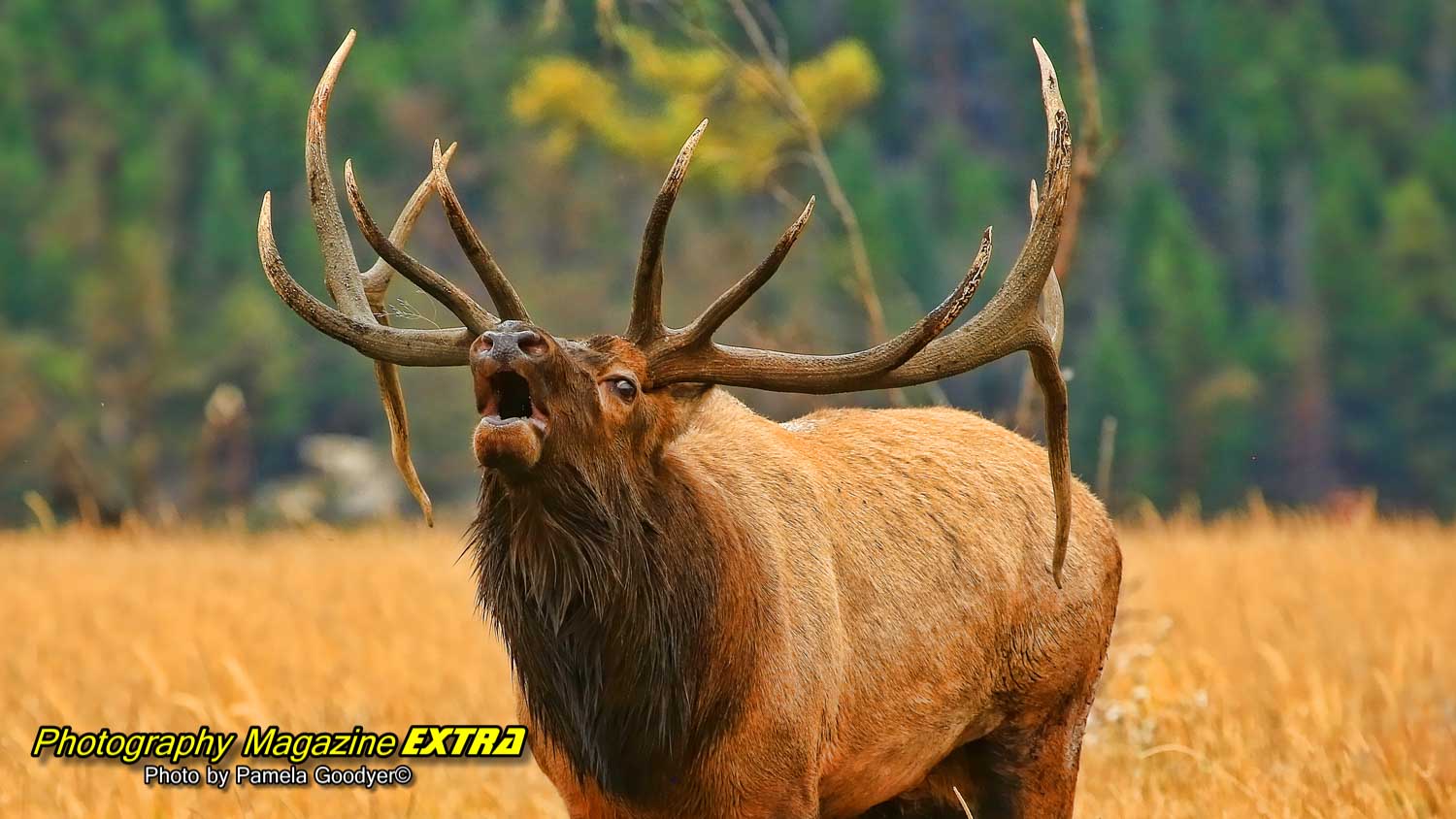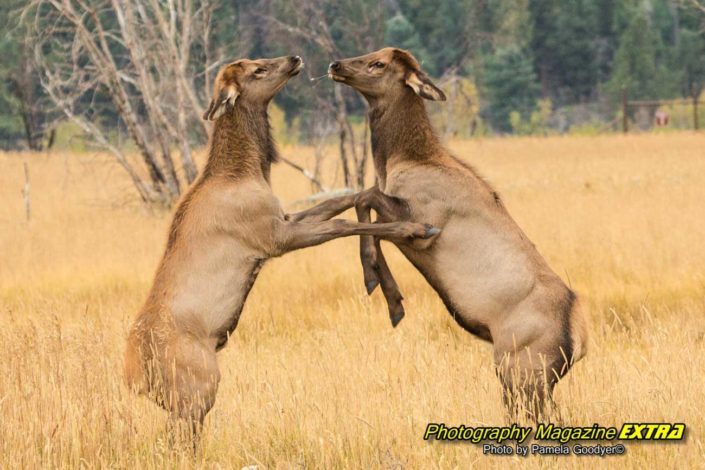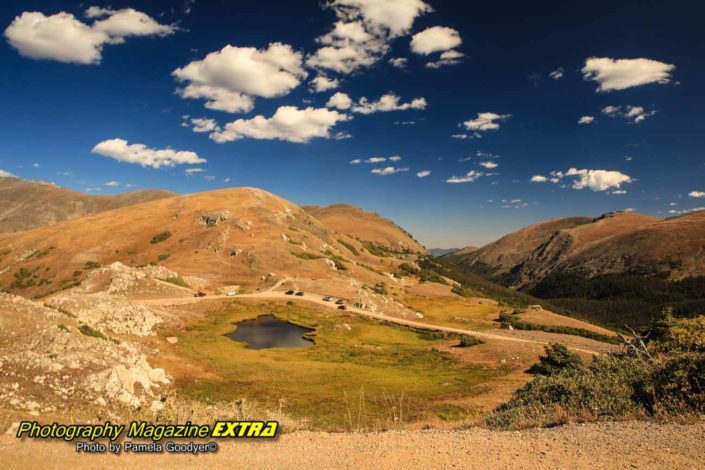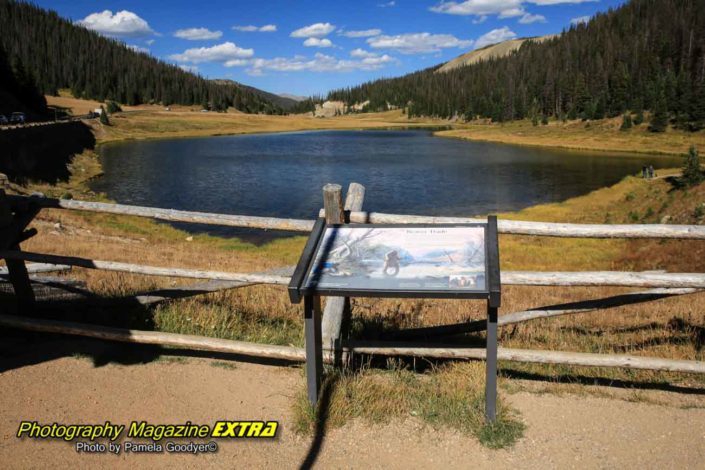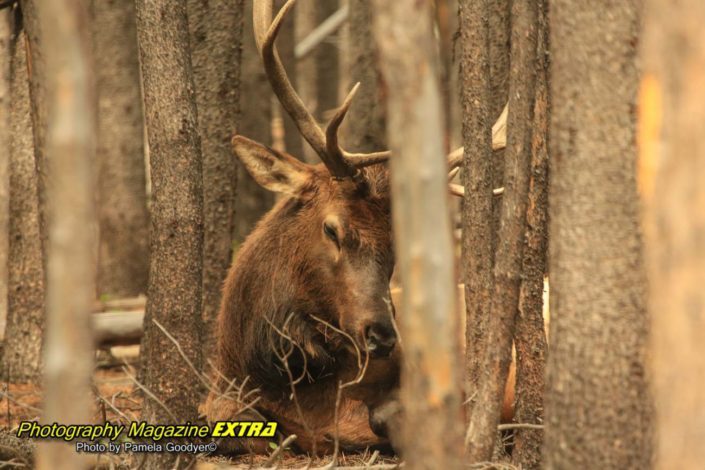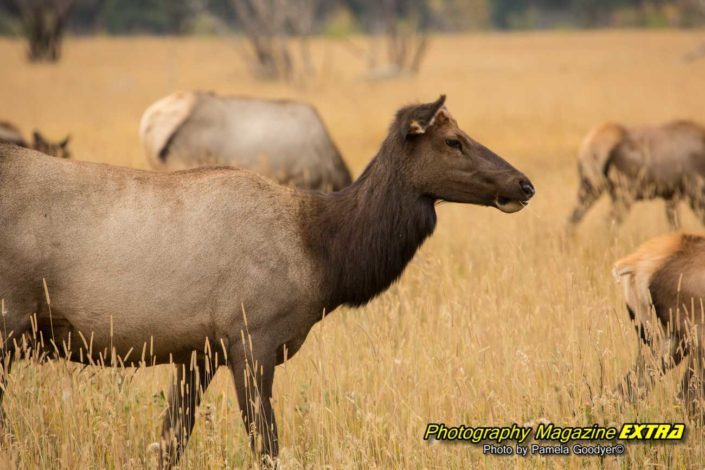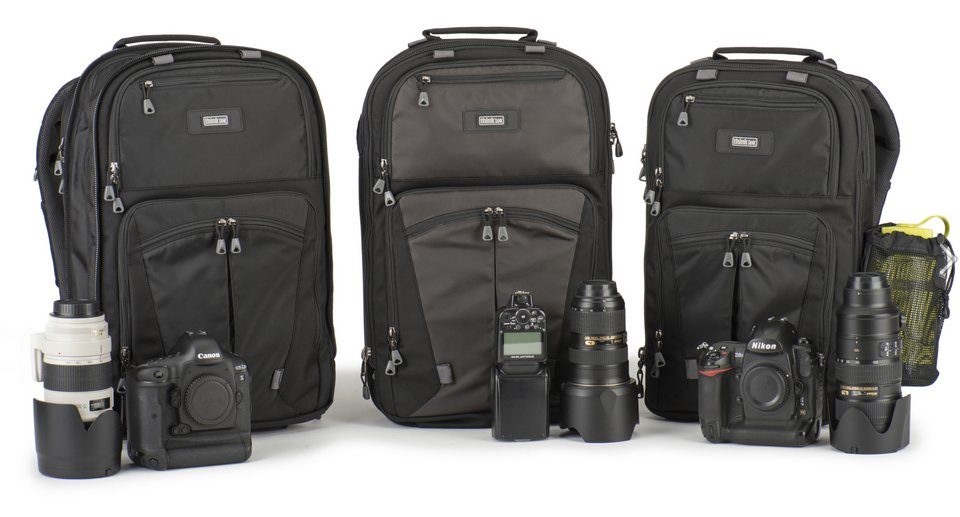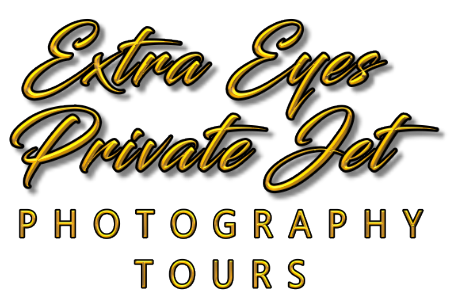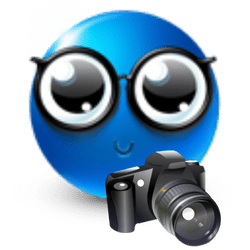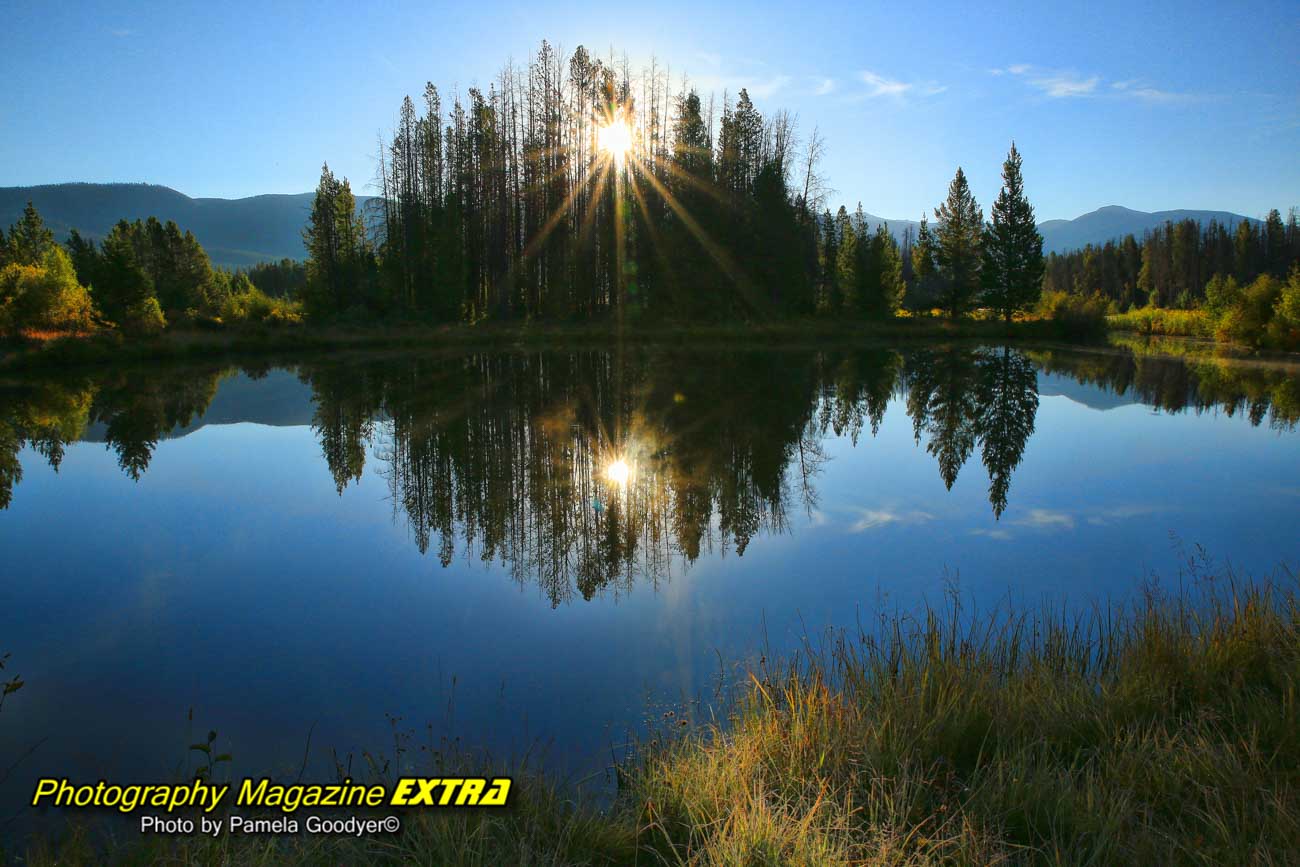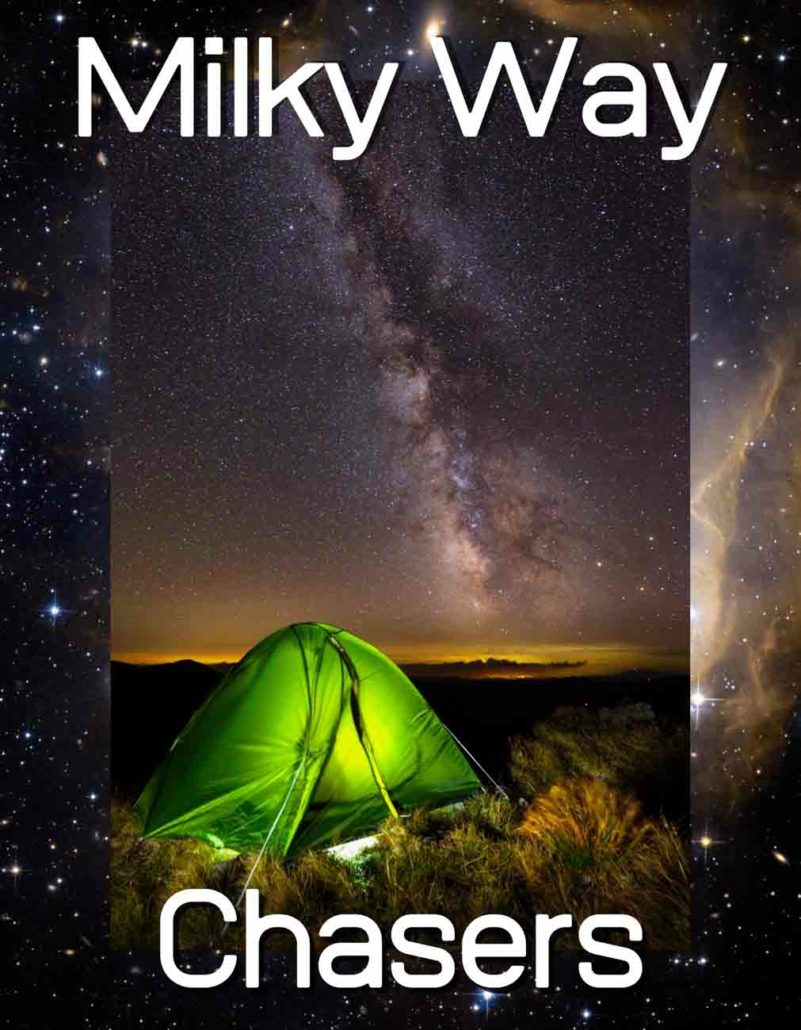Rocky Mountain National Park Photography
We traveled here to photograph Rocky Mountain National Park for about a week. It wasn’t as glorious as the Canadian Rockies. But we did find a lot of beauty along the way. Anytime we’re out in nature, it’s a beautiful thing. And photographing it is even better. The eastern and western slopes of the Continental Divide run directly through the center of the park, with the headwaters of the Colorado River located in the park’s northwestern region. The park’s main features include mountains, alpine lakes, and a wide variety of wildlife within various climates and environments, from wooded forests to mountain tundra. The elk were our favorite.
PHOTOGRAPHY AND LOCATION
Rocky Mountain National Park is at its peak visitation in summer and fall. June – September. Trail Ridge Road is open only from Memorial Day to mid-October, but the dates may vary. The crowds are thinner in early June and later September. Fall foliage starts to peak in mid-September. The yellow Aspens make for some astonishing images.
Spring can be a chance to get some new growth, or you could still be hit with a blizzard. June will vary and can be rainy. July – September. On Trail Ridge Road, it can be 15°F–20°F cooler than at the park’s lower elevations. Wildlife viewing and fishing photography are good all year, but fall has the rut when the bull elks get active. The rut plus yellow aspen and fewer humans in mid-October are ideal.
A HIKER’S PARK
You can create dynamic, incredible landscape photography here, but plan to spend some time hiking to your chosen location to obtain your images. Many of the waterfalls and some, but not all, of the lakes are well off the beaten path. Two waterfalls are under a one-mile hike. Some waterfalls and lakes are up to 4 miles off the road. If you like to hike as much as you want to do photography, this is your park. We didn’t hike out to many of the waterfalls on this trip. Believe it or not, we’d rather do photography than go hiking.
WILDLIFE
Rocky Mountain National Park is the place for you if you are a wildlife photographer. Herds of elk and moose are one of the main attractions at this park. There are several areas where you will see signs that it is a public elk zone. If you go in October, you will arrive during the rut when the bull elk starts to breed. Grab some fall foliage and elk shots, and you are in photography dreamland. Several areas are known for moose viewing, but it is less likely to see moose than elk.
Wildlife will be the focus of any photography trip here. This is the area near the Moraine Park Discovery Center, where you see the many images of elk.


